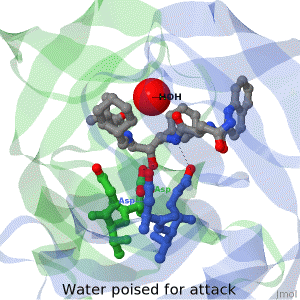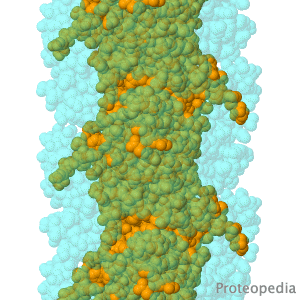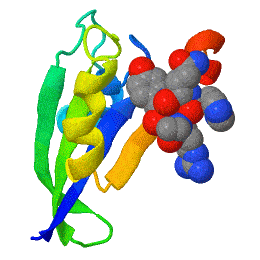Main Page
From Proteopedia
| Line 44: | Line 44: | ||
<td style="padding: 10px;> | <td style="padding: 10px;> | ||
| - | <p>[[I3DC|What is an Interactive 3D Complement | + | <p>[[I3DC|What is an Interactive 3D Complement ('''I3DC''')? ]]</p> |
<p>[[Proteopedia:I3DC|List of I3DCs]]</p> | <p>[[Proteopedia:I3DC|List of I3DCs]]</p> | ||
<p>[[How to get an I3DC for your paper]]</p> | <p>[[How to get an I3DC for your paper]]</p> | ||
Revision as of 07:19, 21 October 2018
|
ISSN 2310-6301
Because life has more than 2D, Proteopedia helps to understand relationships between structure and function. Proteopedia is a free, collaborative 3D-encyclopedia of proteins & other molecules.
| |||||||||||
| Selected Pages | Art on Science | Journals | Education | ||||||||
|---|---|---|---|---|---|---|---|---|---|---|---|
|
|
|
|
||||||||
|
How to add content to Proteopedia Who knows ... |
Teaching Strategies Using Proteopedia |
||||||||||
| |||||||||||





